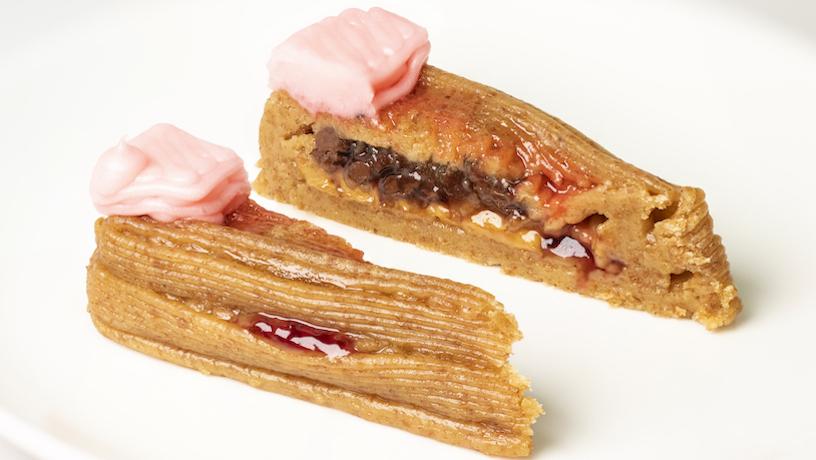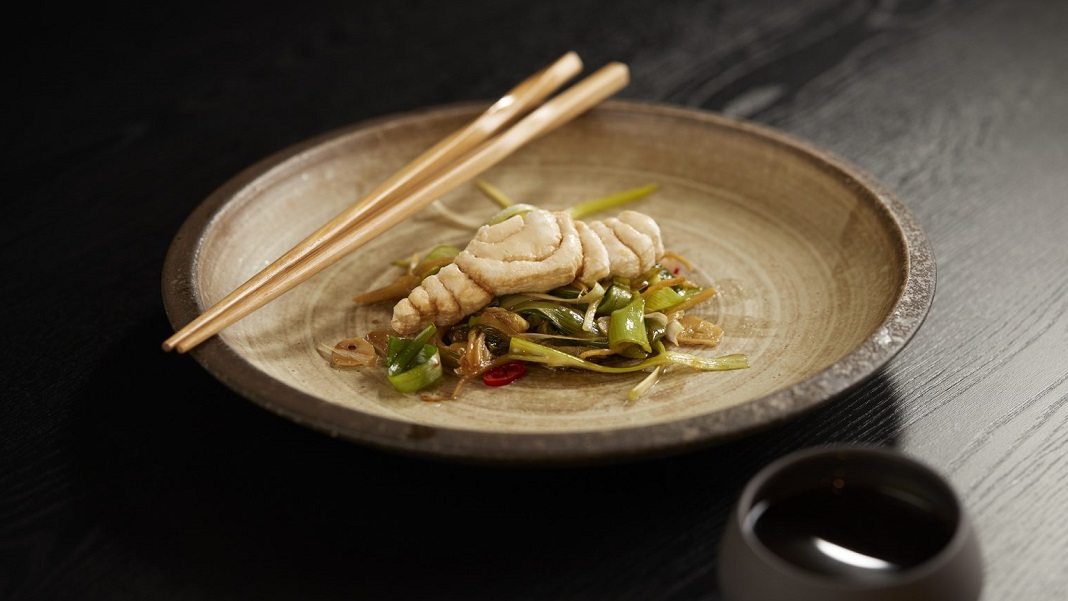
A team of engineers at Columbia University have made significant progress in the realm of 3D food printing with a groundbreaking new study into cooking and printing foods with edible inks and laser technology.
Traditionally, 3D food printing has been limited to uncooked ingredients, resulting in less appetising dishes. However, this research breaks away from that constraint by successfully printing and cooking multi-layered food items in situ.
Commercialising this technology will necessitate the development of supporting industries, including food cartridge manufacturers and downloadable recipe files, and this research explores ways that 3D printing can be scaled up for mechanically assembled food.
The study also explores the potential benefits of 3D food printing in nutrition and food safety. The rise of processed food has led to lots of food that people eat having extremely low nutritional value. The report notes that while 3D printed food will still be processed, manufacturers will have access to much more precise levels of control over nutritional value.
Other potential applications include chefs being able to adjust flavours to create localised versions of dishes, and people with specific dietary needs being able to tailor dishes precisely to their needs.








